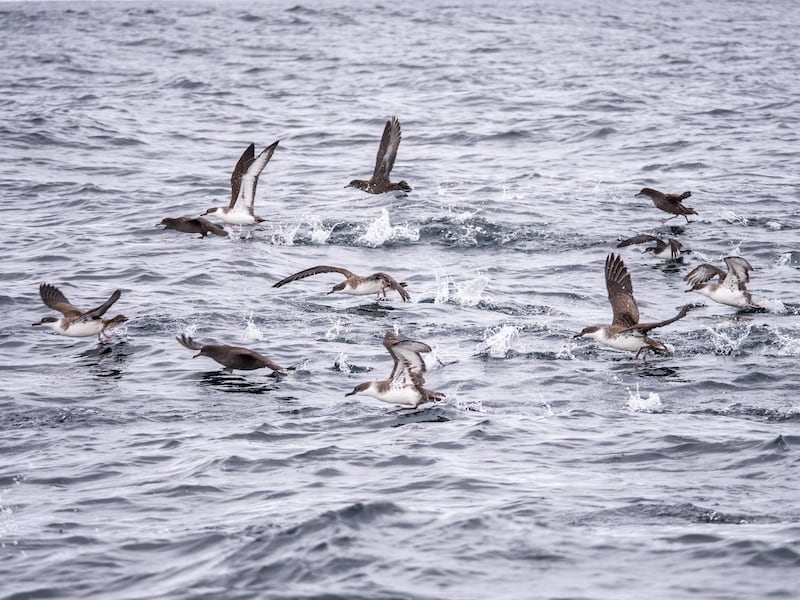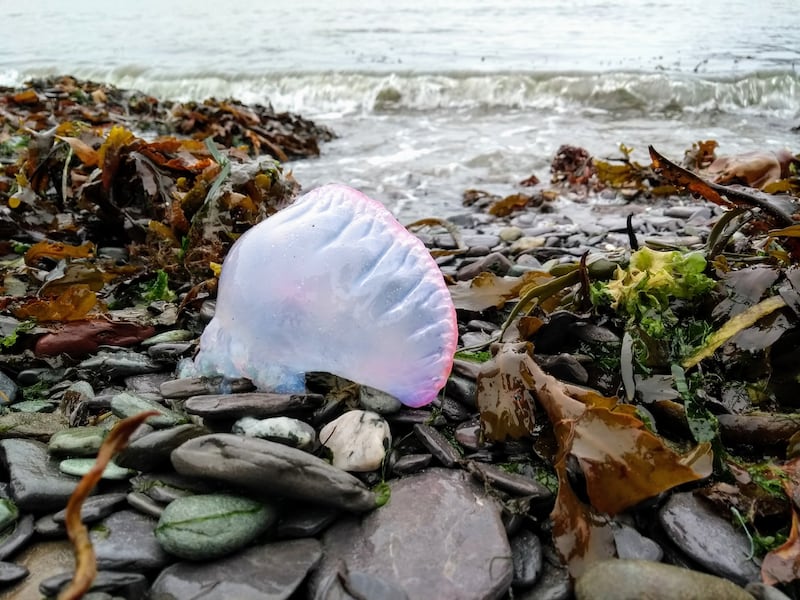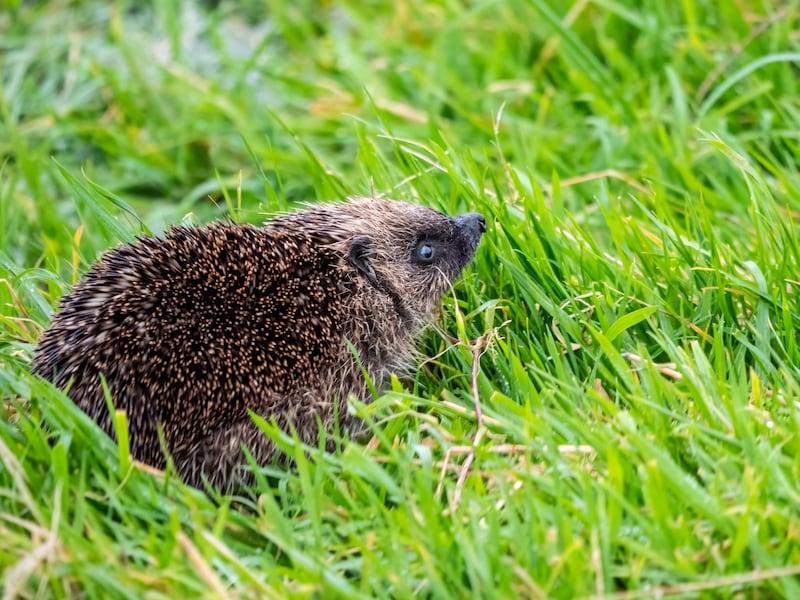Calvin Jones, who leads wildlife tours in west Cork for tourists and schoolchildren, has had a bird’s eye view of the way climate change is already beginning to alter nature’s long-standing habits in Ireland, even in the last few weeks alone.
“I was out with a group of primary school children in Rosscarbery when we spotted five cattle egrets roosting on a small island in a tidal lagoon. To say it was a surprise is an understatement. Once considered rare vagrants in Ireland, cattle egrets have been turning up in increasing numbers over recent years,” says Jones.
The birds were first seen in Ireland in 2008. This year, however, is set to prove to be a bumper year. The egrets are now turning up in Ireland because their range is expanding northwards from southern Europe and north Africa, spurred by climate change.
On the same trip with the schoolchildren, Jones encountered large numbers of great and sooty shearwaters, seabirds that breed in the southern hemisphere and pass through Irish waters as they circumnavigate the oceans before returning to their distant breeding grounds.
How a hotter world is affecting Ireland in five graphics
Pope Francis’s green legacy is his radical encyclical Laudato Si’ that upended centuries of Catholic teaching
Offshore wind farms at risk of legal challenges due to flawed developer-led policy, environmentalists warn
Ardnacrusha at 100: What could happen if Ireland showed similar ambition today and invested 20% of national budget in energy?

“Seeing them off the west Cork coast is not unusual, but numbers typically peak in August and September. Seeing them in such numbers well into October struck me as very unusual,” he told The Irish Times.
In the sea too, unusual creatures large and small are appearing more often: “I was out with Cork Whale Watch and along with the common dolphins, minke whales and fin whales we encountered, we saw several groups of Atlantic bluefin tuna. Seeing bluefin feeding on small shoaling fish off Ireland’s south coast isn’t unheard of, but as ocean temperatures rise, we are seeing them in west Cork waters more frequently, and in greater numbers.”
The habits of humpback whales are changing, too. Numbers traditionally peak in October and November, before tailing off in December and January. Over the last decade the whales have begun to arrive earlier and earlier, now peaking in May and June – partly caused by climate change and partly caused by fishing practices.

Smaller and potentially dangerous organisms like the Portuguese man o’ war and weever fish, which can both inflict nasty stings, are also appearing on west Cork beaches with increasing regularity.
Even less exotic creatures, such as the common hedgehog are starting to behave differently, he says: “I’m still seeing hedgehogs active well into November, at a time when I would expect most to be hibernating.”

The natural patterns of life are being disturbed, he believes: “Things that were once reasonably consistent and predictable are becoming much more chaotic and that’s something that has consequences far beyond me being able to work out when the first butterfly will emerge, when bats will be on the wing or when the first swallow will arrive. For many species, getting the timing right can literally be a matter of life or death.”
Dealing with “the twin crises of climate change and biodiversity loss isn’t about saving the planet or preserving other species out of some noble human intent, it’s about saving our own skins,” he says.












